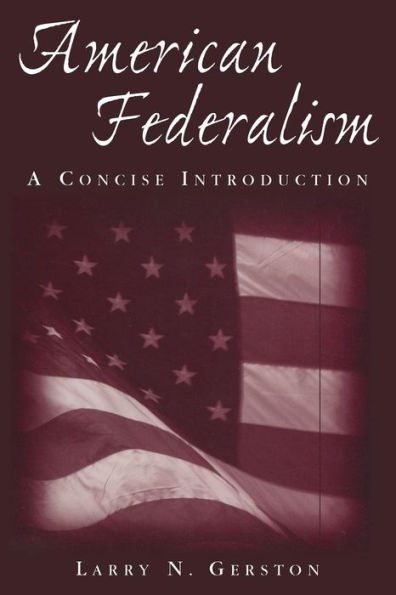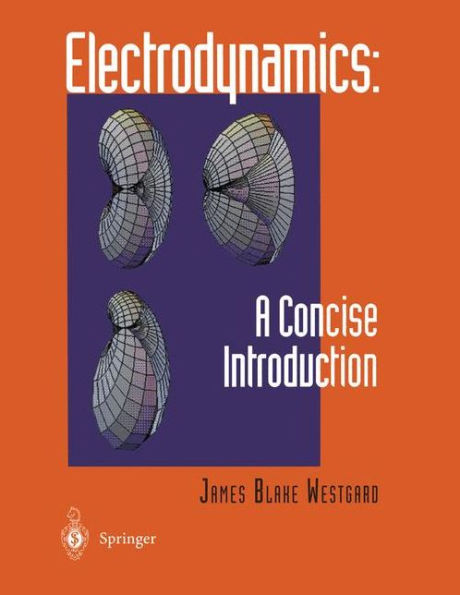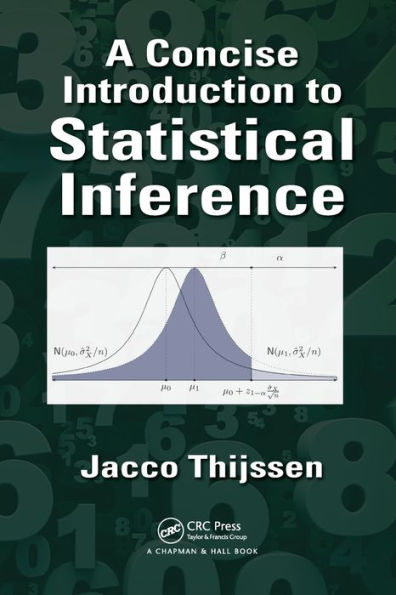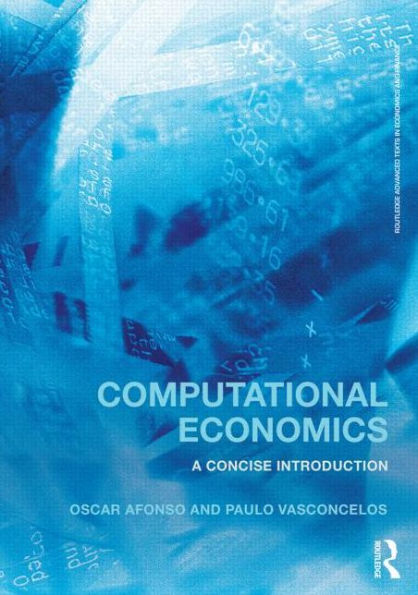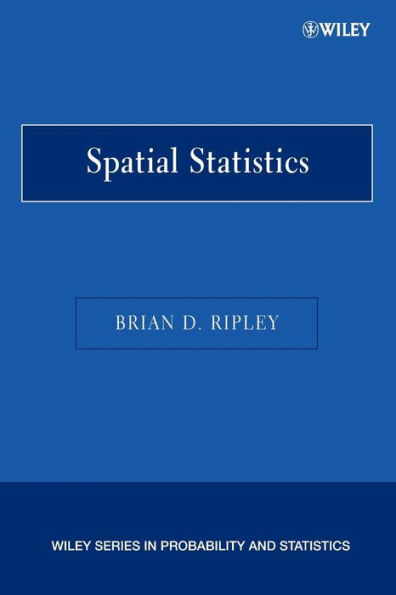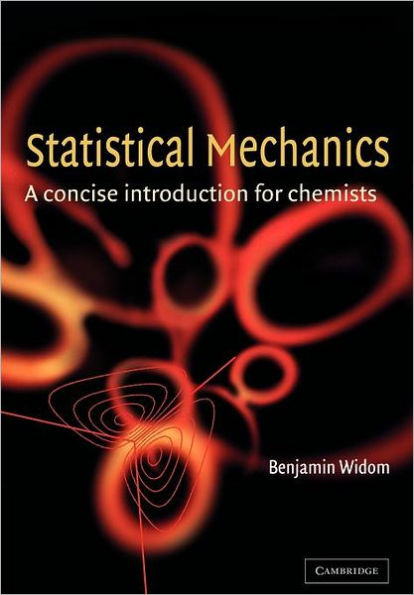Home
Theory of Spatial Statistics: A Concise Introduction / Edition 1
Barnes and Noble
Loading Inventory...
Theory of Spatial Statistics: A Concise Introduction / Edition 1
Current price: $84.99
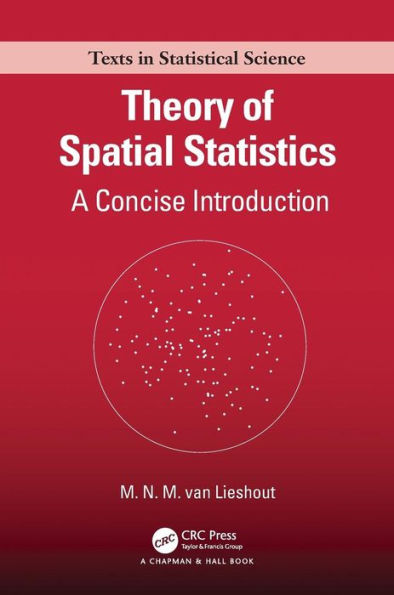
Barnes and Noble
Theory of Spatial Statistics: A Concise Introduction / Edition 1
Current price: $84.99
Loading Inventory...
Size: OS
*Product information may vary - to confirm product availability, pricing, shipping and return information please contact Barnes and Noble
Theory of Spatial Statistics: A Concise Introduction
presents the most important models used in spatial statistics, including random fields and point processes, from a rigorous mathematical point of view and shows how to carry out statistical inference. It contains full proofs, real-life examples and theoretical exercises. Solutions to the latter are available in an appendix.
Assuming maturity in probability and statistics, these concise lecture notes are self-contained and cover enough material for a semester course. They may also serve as a reference book for researchers.
Features
* Presents the mathematical foundations of spatial statistics.
* Contains worked examples from mining, disease mapping, forestry, soil and environmental science, and criminology.
* Gives pointers to the literature to facilitate further study.
* Provides example code in R to encourage the student to experiment.
* Offers exercises and their solutions to test and deepen understanding.
The book is suitable for postgraduate and advanced undergraduate students in mathematics and statistics.
presents the most important models used in spatial statistics, including random fields and point processes, from a rigorous mathematical point of view and shows how to carry out statistical inference. It contains full proofs, real-life examples and theoretical exercises. Solutions to the latter are available in an appendix.
Assuming maturity in probability and statistics, these concise lecture notes are self-contained and cover enough material for a semester course. They may also serve as a reference book for researchers.
Features
* Presents the mathematical foundations of spatial statistics.
* Contains worked examples from mining, disease mapping, forestry, soil and environmental science, and criminology.
* Gives pointers to the literature to facilitate further study.
* Provides example code in R to encourage the student to experiment.
* Offers exercises and their solutions to test and deepen understanding.
The book is suitable for postgraduate and advanced undergraduate students in mathematics and statistics.
Theory of Spatial Statistics: A Concise Introduction
presents the most important models used in spatial statistics, including random fields and point processes, from a rigorous mathematical point of view and shows how to carry out statistical inference. It contains full proofs, real-life examples and theoretical exercises. Solutions to the latter are available in an appendix.
Assuming maturity in probability and statistics, these concise lecture notes are self-contained and cover enough material for a semester course. They may also serve as a reference book for researchers.
Features
* Presents the mathematical foundations of spatial statistics.
* Contains worked examples from mining, disease mapping, forestry, soil and environmental science, and criminology.
* Gives pointers to the literature to facilitate further study.
* Provides example code in R to encourage the student to experiment.
* Offers exercises and their solutions to test and deepen understanding.
The book is suitable for postgraduate and advanced undergraduate students in mathematics and statistics.
presents the most important models used in spatial statistics, including random fields and point processes, from a rigorous mathematical point of view and shows how to carry out statistical inference. It contains full proofs, real-life examples and theoretical exercises. Solutions to the latter are available in an appendix.
Assuming maturity in probability and statistics, these concise lecture notes are self-contained and cover enough material for a semester course. They may also serve as a reference book for researchers.
Features
* Presents the mathematical foundations of spatial statistics.
* Contains worked examples from mining, disease mapping, forestry, soil and environmental science, and criminology.
* Gives pointers to the literature to facilitate further study.
* Provides example code in R to encourage the student to experiment.
* Offers exercises and their solutions to test and deepen understanding.
The book is suitable for postgraduate and advanced undergraduate students in mathematics and statistics.
